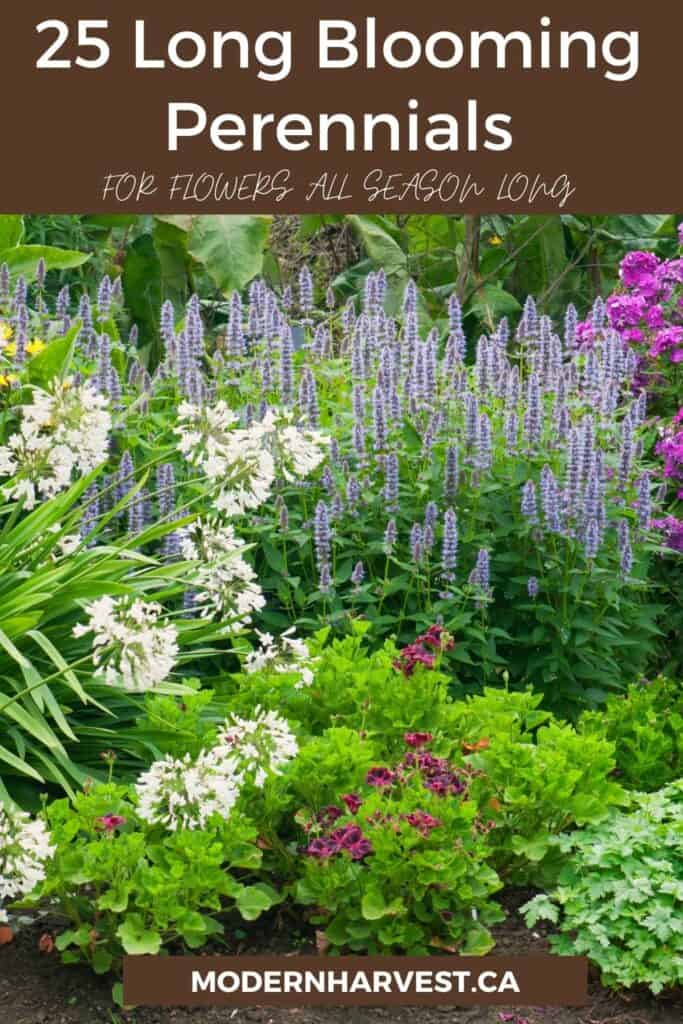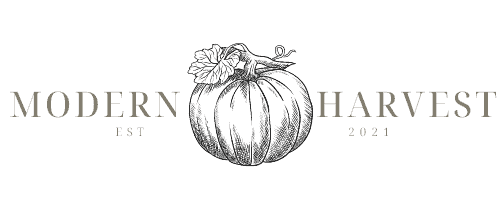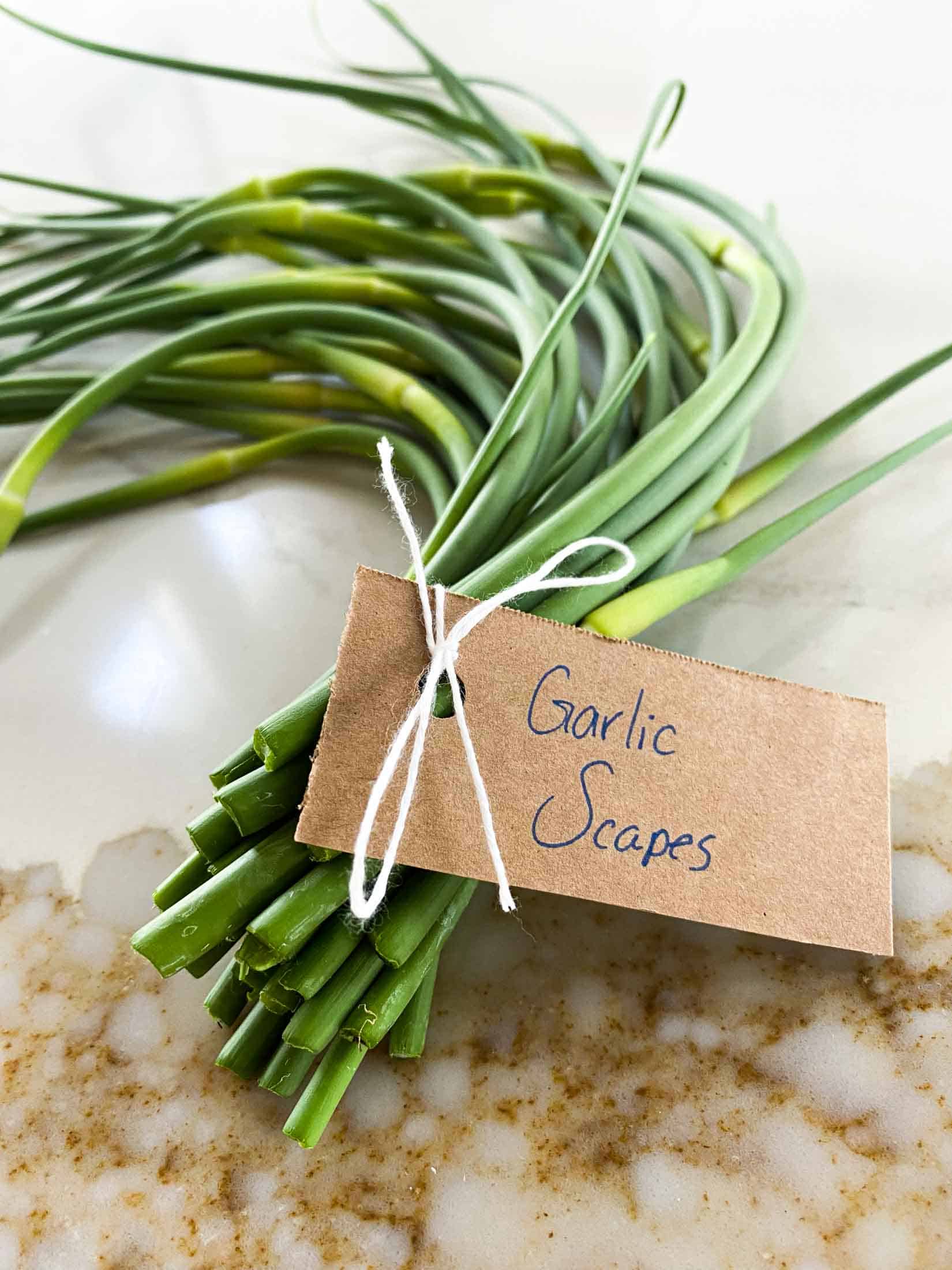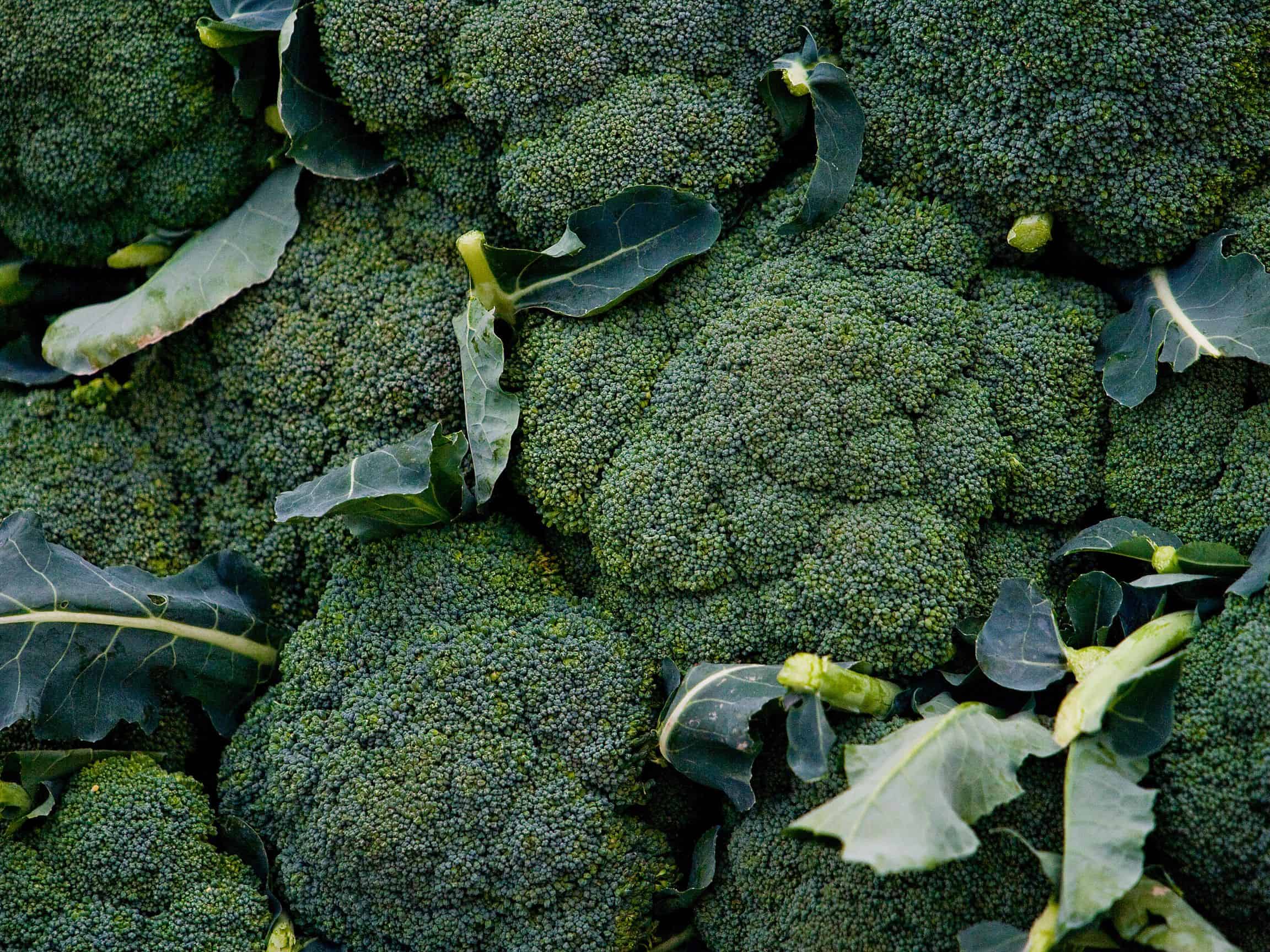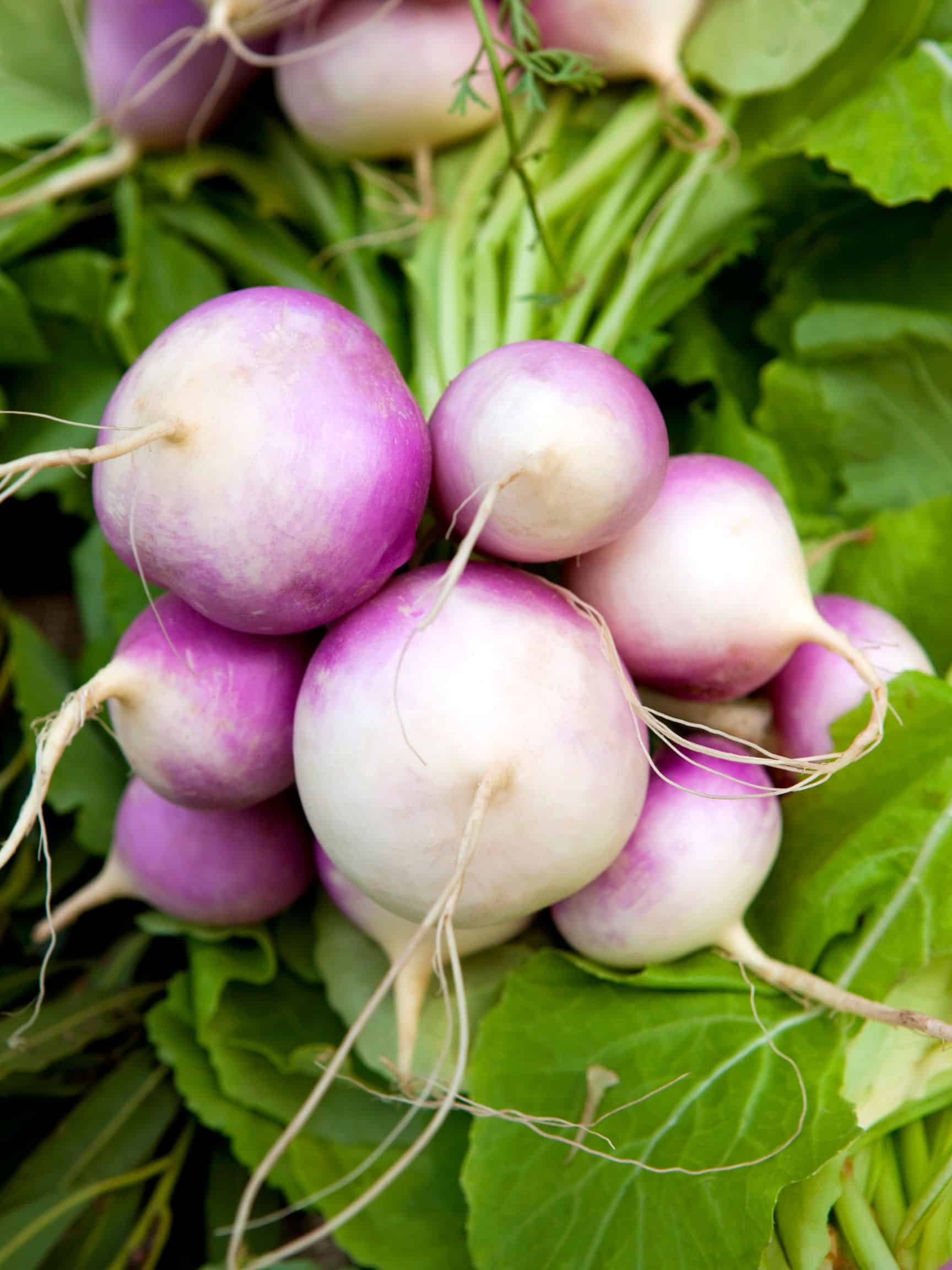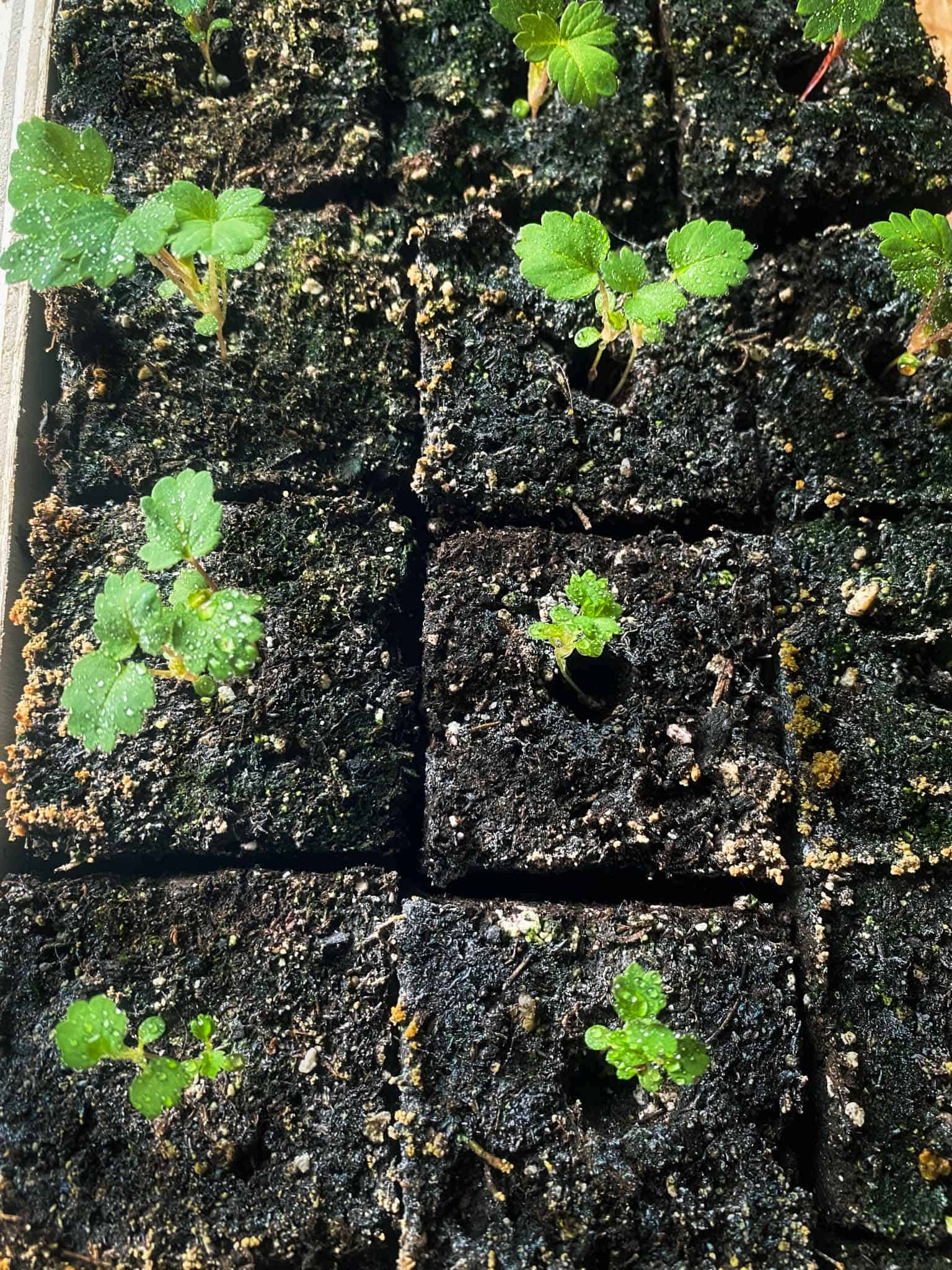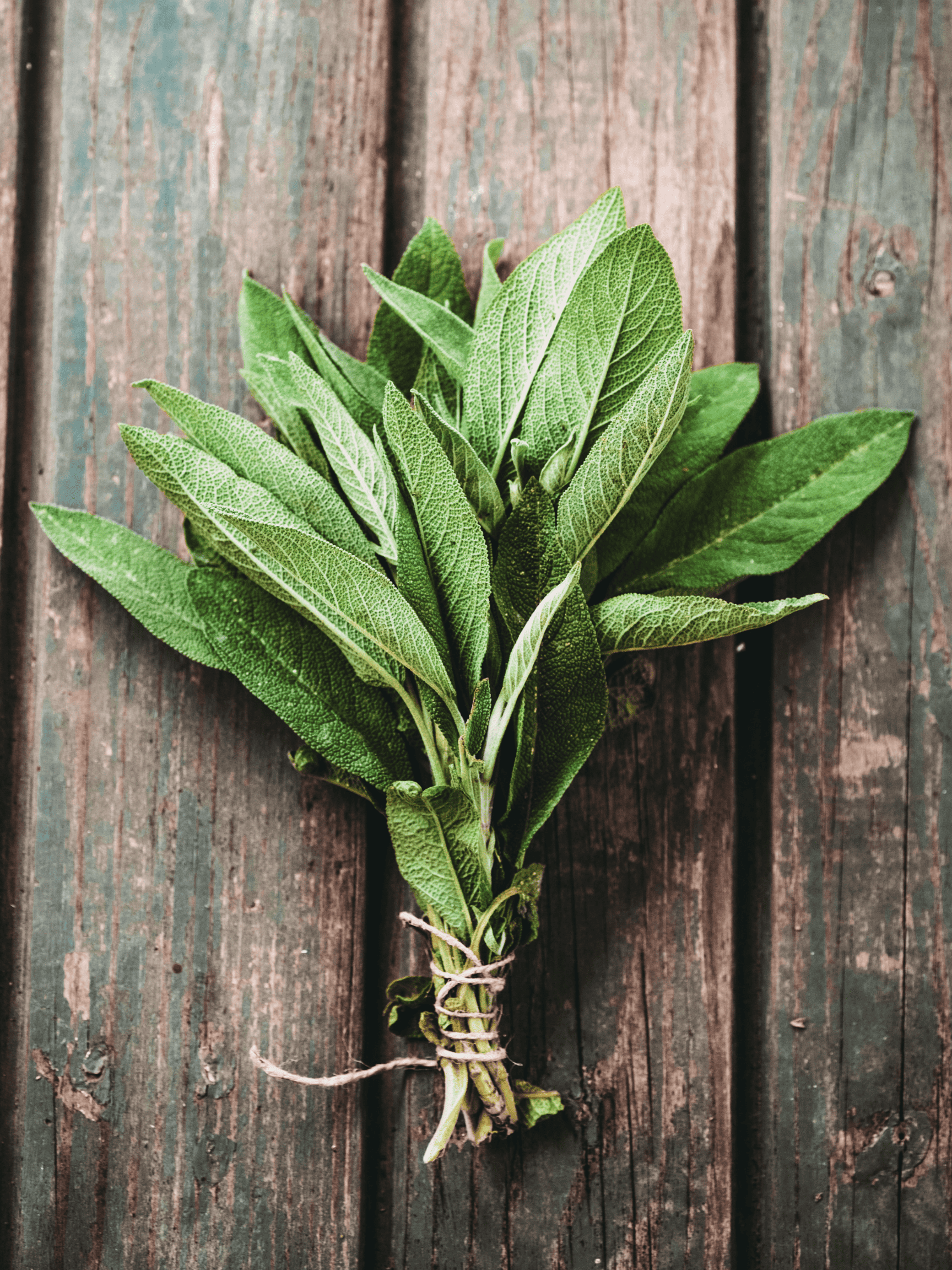25 Long Blooming Perennials For Flowers All Summer Long
Long blooming perennials serve as the backbone of your summer garden, providing a reliable and consistent source of beauty all summer long. These hardy plants return year after year, while annuals can be added to fill any gaps and provide bursts of color. By strategically planning your garden with a mix of these plants, you can create a stunning landscape that is alive with blooms from spring to late summer, and even into fall. Look at zone suitability, growing requirements, and plant characteristics to choose the BEST perennials for you.
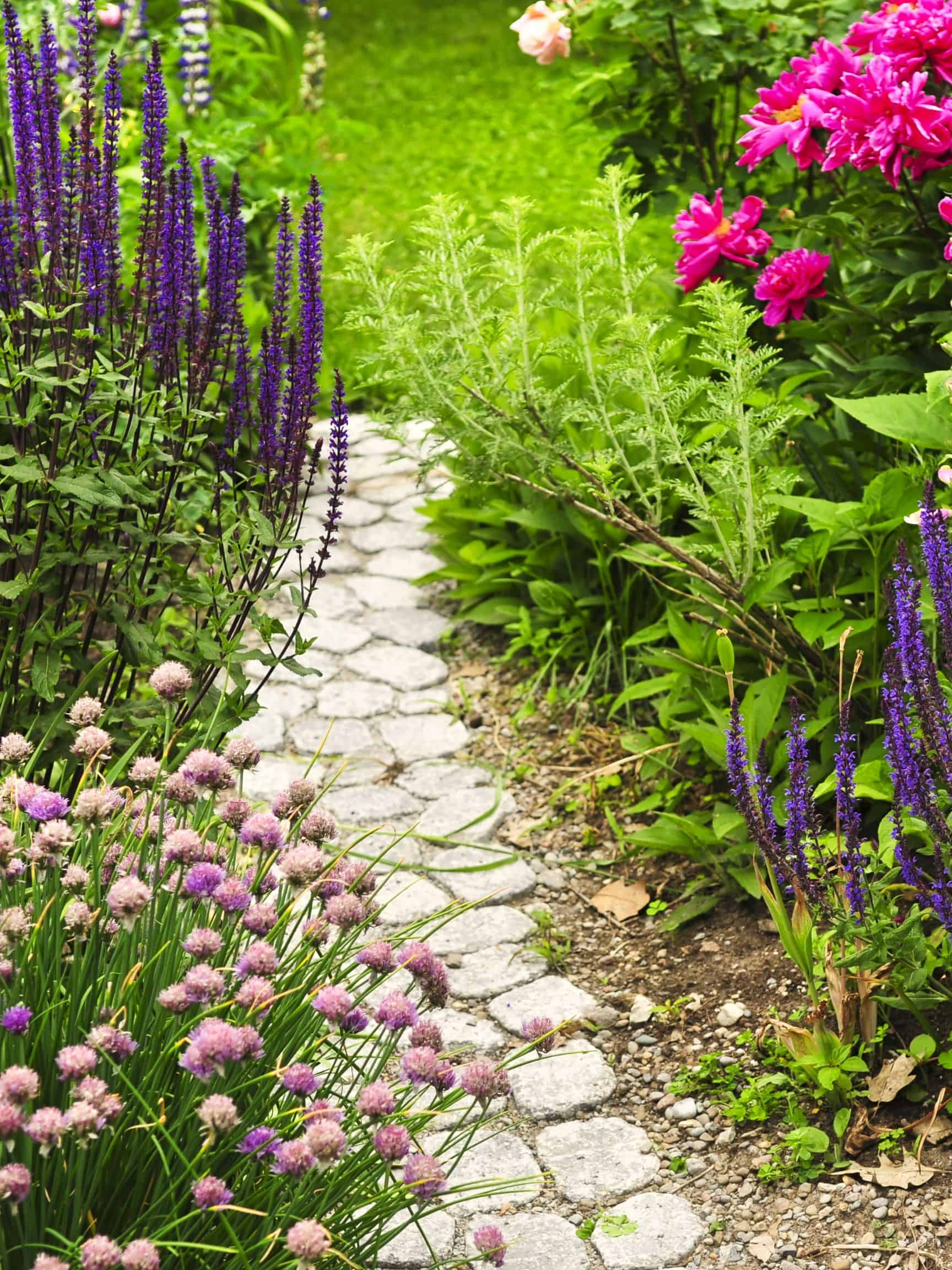
Unlike annuals, which need to be replanted every year, perennials come back year after year, making them a cost-effective and low-maintenance choice for garden enthusiasts. With their ability to endure various weather conditions and their long-lasting blooms, these perennials are sure to bring joy and delight to any outdoor space all summer long.
Perennial Considerations (BEFORE PLANTING)
When planting long-blooming perennial flowers, there are several considerations to keep in mind!
USDA Growing Zone: Determine your specific USDA hardiness zone to select perennial flowers suitable for your region’s climate and temperature range. This information is important to ensure the plants can withstand the local conditions. Check out this site to find out your unique growing zone.
Soil Characteristics: Evaluate your soil’s composition and make any necessary amendments to provide optimal growing conditions for the perennial flowers. Some amendments may include adding organic matter, such as compost, to improve drainage or adjusting the pH levels if needed. Different perennial flowers have varying soil preferences, so it’s important to check their specific requirements. Find the best soil test kit for you!
Sun Requirements: Consider the amount of sunlight available in your planting area. Determine whether it receives full sun (at least 6 hours of direct sunlight per day), partial shade (4-6 hours of sunlight), or full shade (less than 4 hours of sunlight). Choose perennial flowers that thrive in the given lighting conditions to ensure their proper growth and long-lasting blooms.
Flower Heights: Take into account the desired height and growth habit of the perennial flowers. Some plants may be low-growing, suitable for borders or ground covers, while others may be taller and more suitable for backdrops or focal points in your garden. Remember to consult local gardening resources and nurseries for specific recommendations on long-blooming perennial flowers that thrive in your area. They can provide valuable insights and suggestions based on your individual growing conditions. This video by “The Middle-Sized Garden” is a great starting point for layering your perennial garden.
Coreopsis
Coreopsis flowers, also known as Tickseed, are beautiful and vibrant flowering plants that add a splash of color to gardens. They bloom on and off from early summer until the first frost, making them the perfect addition to any perennial garden or flowerbed.
- Zone: Coreopsis plants are perennials that can be grown in USDA zones 3-9. This means they can tolerate a wide range of climates and can thrive in various regions.
- Growing Conditions: Coreopsis plants prefer full sun, which means they require at least six to eight hours of direct sunlight each day. They can tolerate partial sun but will bloom to a lesser extent. These plants also require good drainage and can tolerate poor soil conditions but not clay.
- Appearance: Coreopsis flowers are daisy-like and come in various colors, including yellow flowers, orange, red, and multi-colored blooms. They have delicate and intricate petals that create a beautiful display in garden beds or containers. The size of coreopsis flowers varies depending on the species and cultivar, but they generally range from 1 to 3 inches in diameter.

Phlox
Phlox are long-blooming perennials that are known for their vibrant colors and delicate blooms.
- Zone: Phlox plants can be grown in a wide range of USDA zones, depending on the species and variety. Most phlox varieties thrive in zones 4-8, but some can tolerate higher or lower zones.
- Growing Conditions: Phlox plants prefer full sun to partial shade, with at least six hours of direct sunlight per day for optimal growth and blooming. They require well-draining soil and prefer slightly acidic to neutral pH levels.
- Appearance: Phlox flowers come in a wide range of colors, including shades of pink, purple, white, and red. The blooms are typically small and star-shaped, arranged in clusters on tall, slender stems. The size of phlox flowers varies depending on the variety, ranging from half an inch to two inches in diameter.
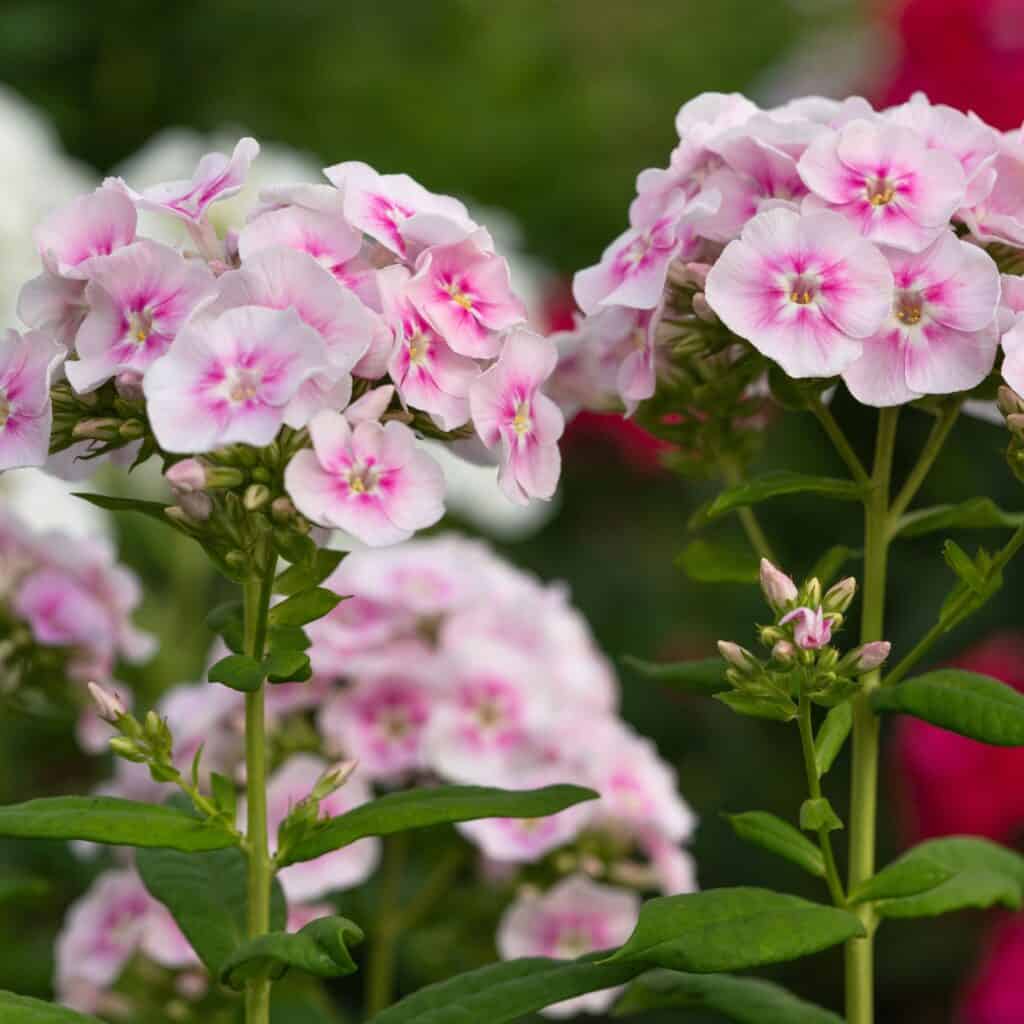
Valerian
Valerian flowers, scientifically known as Valeriana officinalis, are beautiful perennials that have a delicate and elegant appearance.
- Zone: Valerian plants can thrive in USDA zones 3 to 9. This wide range of hardiness makes them adaptable to various climates.
- Growing Conditions: Valerian plants prefer full to partial sun exposure, requiring at least four to six hours of direct sunlight each day for optimal growth. They can tolerate a variety of soil types but prefer well-draining soil that is rich in organic matter. Valerian plants are also known to be quite cold-tolerant.
- Appearance: Valerian flowers bloom in early summer and come in shades of white and pale pink. They have small, fragrant, and delicate blossoms that form clusters atop tall stems. The plant itself can grow to a height of about 1.5 meters (5 feet) and has a bushy nature. Valerian foliage consists of feathery leaves that add an attractive texture to the garden.

Russian Sage
Russian sage (Perovskia atriplicifolia) is a beautiful perennial plant known for its stunning appearance and aromatic foliage.
- Zone: Russian sage is hardy in USDA zones 4 to 9. It can tolerate a wide range of climates, from cooler regions to hot and dry areas.
- Growing Conditions: Russian sage thrives in full sun exposure, requiring at least six hours of direct sunlight per day. It prefers well-draining soil and can tolerate poor or dry soil conditions. Russian sage is also drought-tolerant once established and has good tolerance to heat.
- Appearance: Russian sage features elongated, gray-green leaves that add a unique texture to the garden. The plant grows upright, forming clumps that reach a height of 2 to 4 feet (60 to 120 cm) and a spread of 3 to 4 feet (90 to 120 cm). The flowers are small, tubular, and densely packed in whorls along long, slender stems. The blooms have a lavender-blue color, which adds a touch of elegance to any garden. Russian sage flowers typically appear from mid-summer to early fall, attracting pollinators like bees and butterflies.

Yarrow
Yarrow flowers, scientifically known as Achillea millefolium, are beautiful and versatile perennial plants that add charm to gardens.
- Zone: Yarrow plants are hardy in USDA zones 3 to 9. They can tolerate a wide range of climates, including both cold and hot regions.
- Growing Conditions: Yarrow thrives in full sun exposure, requiring at least six hours of direct sunlight per day. It is a resilient plant that can tolerate various soil types, including sandy, loamy, or clay soil. Yarrow prefers well-draining soil and can withstand drought conditions once established.
- Appearance: Yarrow flowers have showy flower heads composed of many tiny, tightly-packed flowers that rise above clusters of ferny foliage. The blooms come in a variety of colors, including white, pink, yellow, and red.

English Lavender
English lavender (Lavandula angustifolia) is a popular and versatile perennial plant known for its aromatic blooms and soothing fragrance.
- Zone: English lavender is hardy in USDA zones 5 to 9. It can tolerate a wide range of climates, from moderately cold to warm regions.
- Growing Conditions: English lavender thrives in full sun exposure, requiring at least six hours of direct sunlight per day. It prefers well-draining soil and can tolerate poor or sandy soil conditions. English lavender is also drought-tolerant once established and has good heat tolerance.
- Appearance: English lavender is an evergreen shrub that grows in a compact, bushy form. It typically reaches a height of 1 to 3 feet (30 to 90 cm) and has a similar spread. The flowers of English lavender are fragrant and come in shades of purple, blue-violet, pink, and white. They are small, clustered in spikes, and have a tubular shape. The plants produce slender, linear leaves that are gray-green in color.
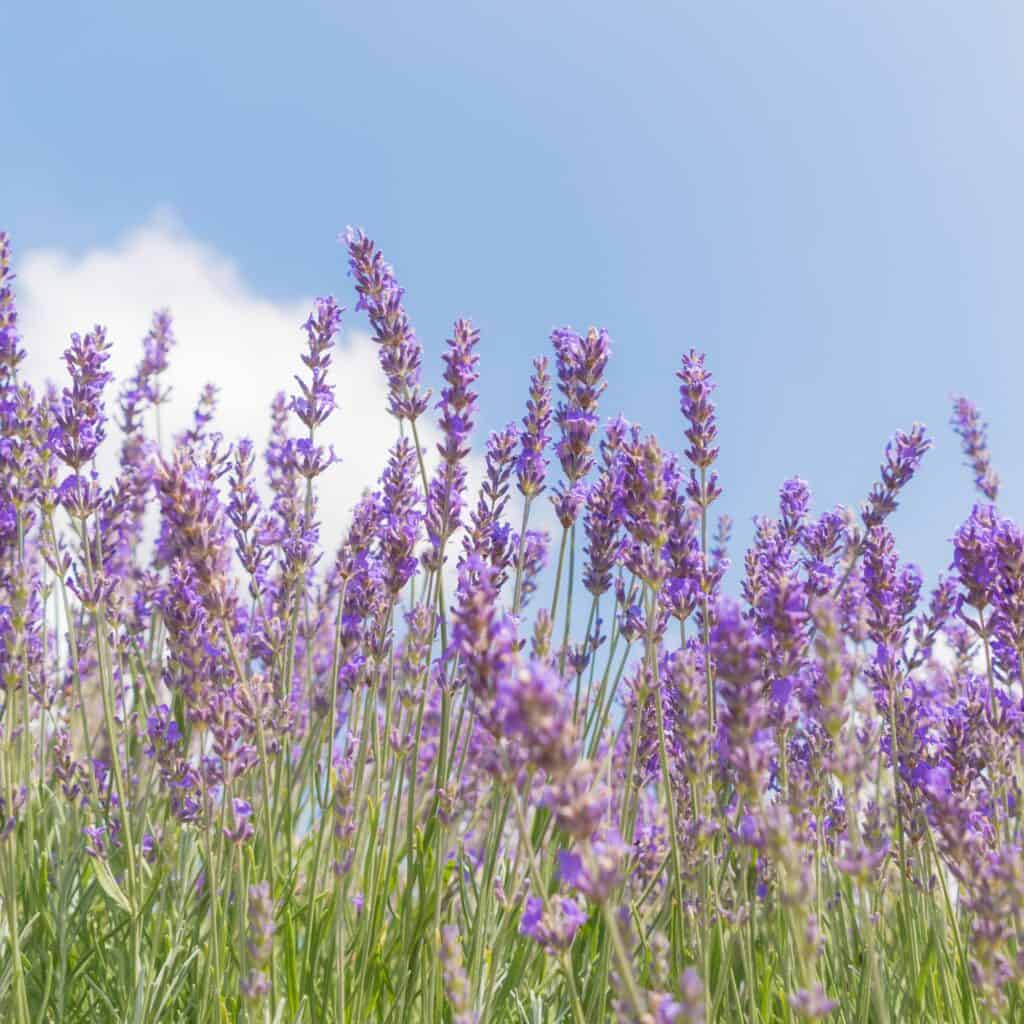
Coneflower
Coneflowers, also known as Echinacea, are vibrant and hardy perennial plants that are beloved for their showy flowers and ability to attract pollinators.
- Zone: Coneflowers are versatile and can be grown in USDA zones 3 to 9, depending on the specific variety. Some varieties may have more limited ranges, so it’s important to check the specific cultivar’s recommended zone.
- Growing Conditions: Coneflowers thrive in full sun exposure, requiring at least six hours of direct sunlight per day. They prefer well-draining soil and can tolerate a range of soil types, including loamy, sandy, or clay soil. Coneflowers are generally drought-tolerant once established and can withstand heat and humidity.
- Appearance: Coneflowers have distinctive daisy-like flowers with prominent raised, cone-shaped centers (hence the name “coneflower”). The petals surrounding the cone can be found in various colors, including shades of pink, purple, white, yellow, and orange. The size of the flowers ranges from around 2 to 5 inches (5 to 13 cm) in diameter, depending on the variety. Purple coneflower plants typically grow to a height of 2 to 4 feet (60 to 120 cm) and have an upright habit.
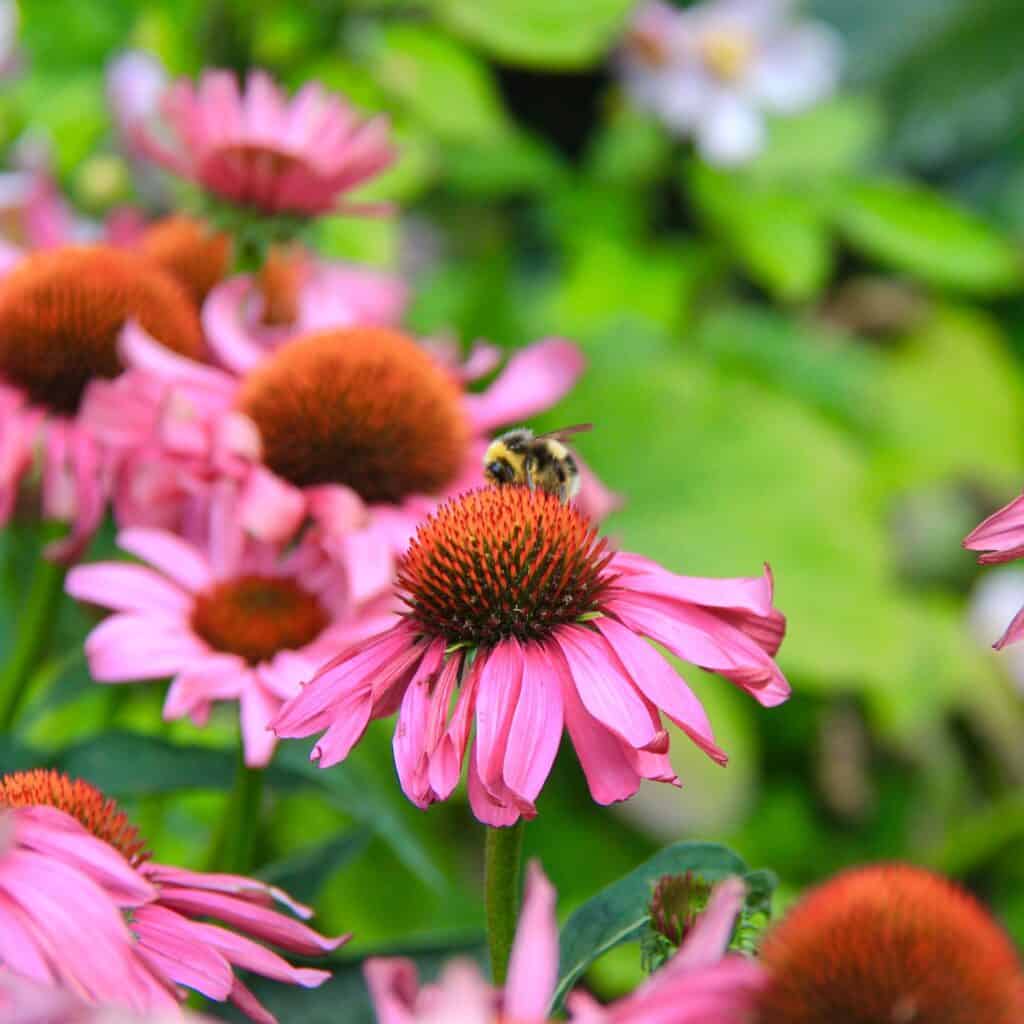
Black-Eyed Susan
Black-eyed Susans, or Rudbeckia hirta, are cheerful and easy-to-grow perennial flowers that add a burst of color to gardens and landscapes.
- Zone: Black-eyed Susans are native to North America and can be grown in USDA zones 3 to 9. They are well-suited for a wide range of climates.
- Growing Conditions: Black-eyed Susans thrive in full sun to partial shade, requiring at least six hours of direct sunlight per day. They prefer well-draining soil but can tolerate a variety of soil types, including sandy, loamy, or clay soil. These resilient flowers are drought-tolerant and can withstand hot and dry conditions.
- Appearance: Black-eyed Susans have bright and showy daisy-like flowers with golden-yellow petals and dark brown or black centers, giving them their distinct “black-eyed” appearance. The petals are ray-like and surround the central cone-shaped disk. The flowers typically measure around 2 to 3 inches (5 to 7.6 cm) in diameter. The plant itself grows to a height of 1 to 3 feet (30 to 90 cm) with an upright habit.
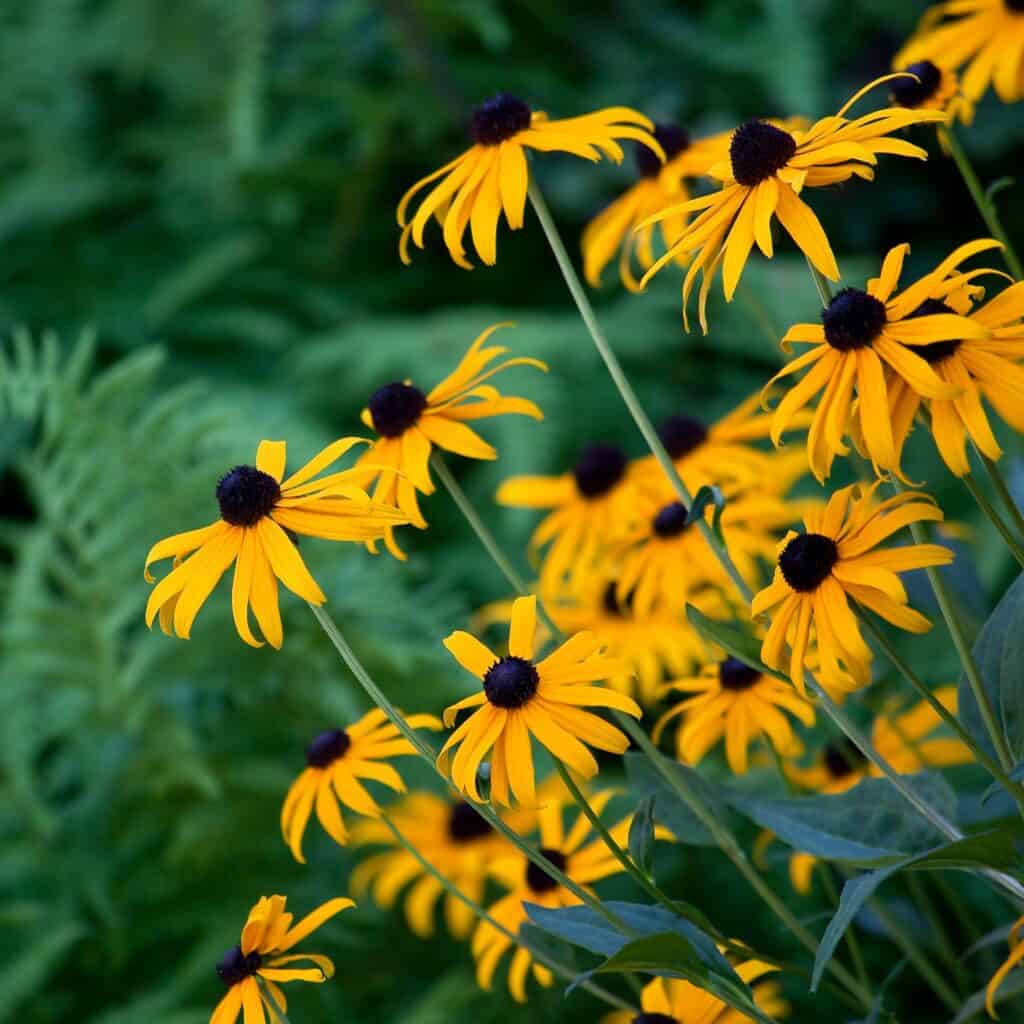
Dalmatian Bellflowers
Dalmatian bellflowers, also known as Campanula portenschlagiana, are charming perennial flowers that are native to the Dalmatian region of Croatia.
- Zone: Dalmatian bellflowers are hardy in USDA zones 4 to 7. They can tolerate moderately cold temperatures but may require protection in harsh winter conditions.
- Growing Conditions: Dalmatian bellflowers thrive in full sun to partial shade, preferring at least four to six hours of direct sunlight per day. They can tolerate a wide range of conditions but prefer well-draining soil.
- Appearance: Dalmatian bellflowers are low-growing, trailing plants that form dense mats of foliage. The leaves are small, toothed, and deep green in color. The flowers are bell-shaped and come in shades of violet-blue, ranging from pale lavender to deep purple. Each flower measures around 1 inch (2.5 cm) in diameter. Dalmatian bellflowers have a long blooming period, typically starting in late spring and continuing into summer.
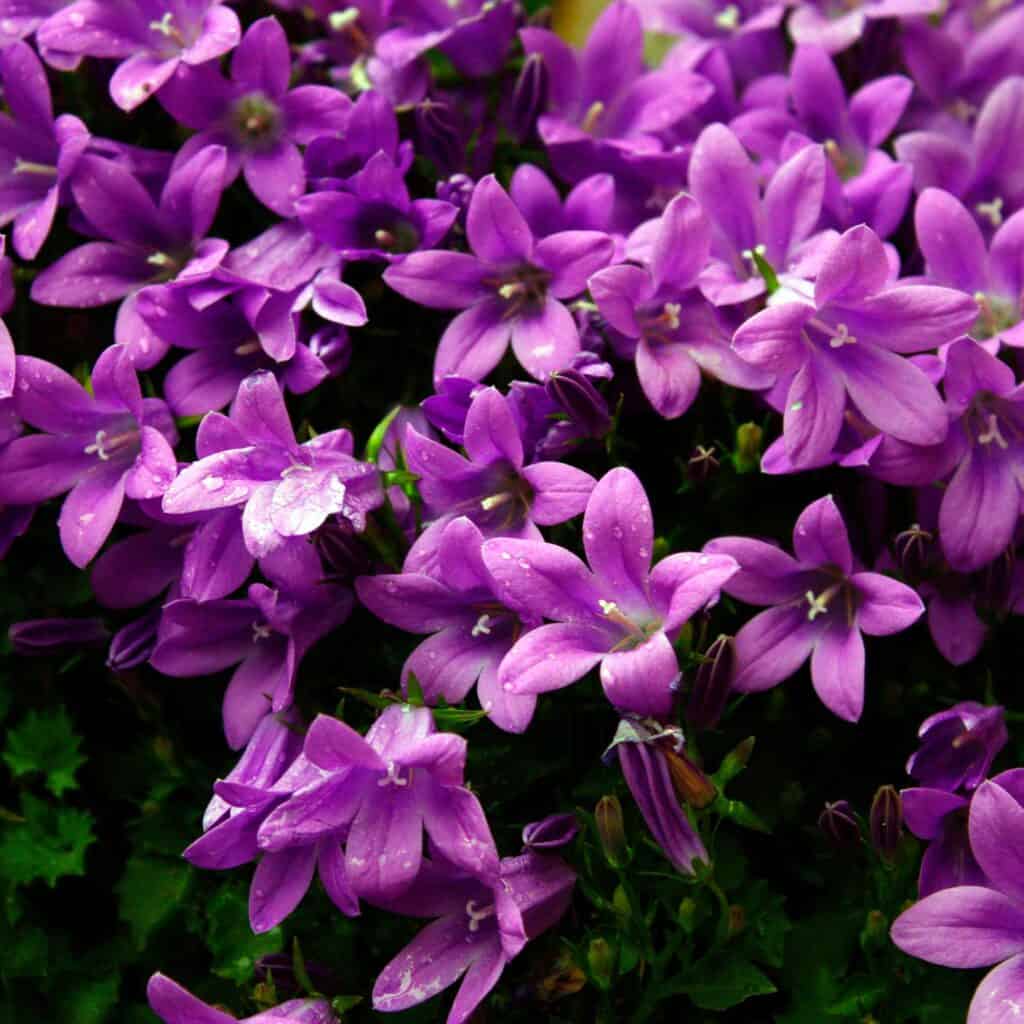
Fringed Bleeding Heart
Fringed bleeding heart (Dicentra eximia) is a beautiful perennial flower native to the eastern United States.
- Zone: Fringed bleeding heart is hardy in USDA zones 3 to 9, making it suitable for a wide range of climates.
- Growing Conditions: Fringed bleeding heart thrives in partial shade to full shade conditions. It prefers moist, well-draining soil that is rich in organic matter. This plant benefits from regular watering and mulching to help retain moisture
- Appearance: Fringed bleeding heart produces unique heart-shaped flowers that come in shades of pink and purple. The flowers hang down from arching stems, resembling delicate pendants. The finely dissected, fern-like foliage adds an elegant touch to the plant’s appearance. Fringed bleeding heart typically grows to a height of 1 to 2 feet (31-61 cm) and spreads about as wide.
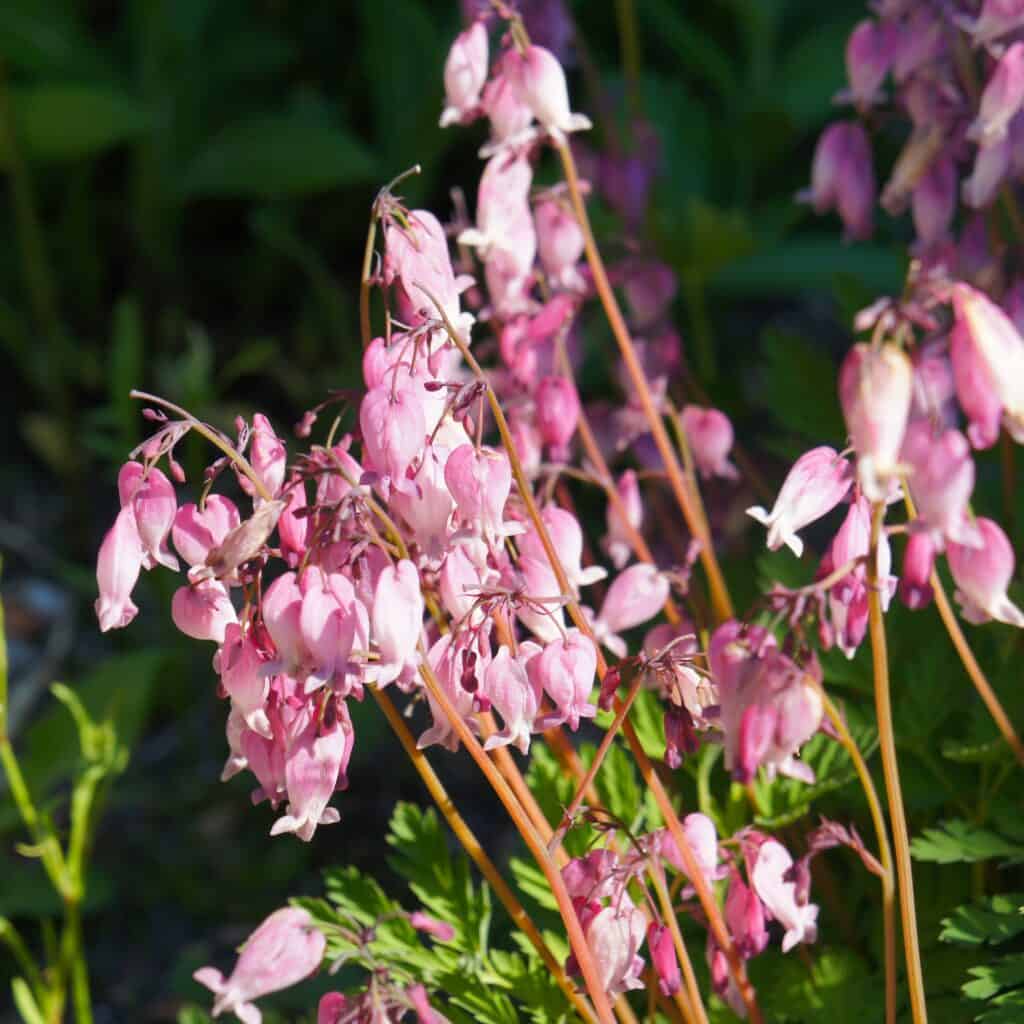
Daylily
Daylilies (Hemerocallis) are popular and versatile perennial flowers known for their vibrant blooms and low-maintenance nature.
- Zone: Daylilies are incredibly adaptable and can be grown in USDA zones 3 to 9, making them suitable for a wide range of climates.
- Growing Conditions: Daylilies thrive in full sun to partial shade conditions. They prefer at least six hours of direct sunlight per day, but they can tolerate some shade. Daylilies are not particularly picky about soil type and can grow well in various soil conditions. Regular watering is important, especially during dry periods, to promote healthy growth and plentiful blooms.
- Appearance: Daylilies come in a wide array of colors, including shades of yellow, orange, red, pink, purple, and white. The flowers have a distinct trumpet-like shape, with three petals and three sepals. Each flower typically lasts for one day, hence the name “daylily.” However, daylily plants produce multiple flower buds on each scape (stem), resulting in an extended blooming period. The size of daylily flowers varies depending on the cultivar, but they are typically around 3 to 6 inches (7.6 to 15 cm) in diameter.

Gaillardia x Grandiflora
Gaillardia x grandiflora, commonly known as Blanket Flower, is a hybrid species of flowering plant that belongs to the sunflower family Asteraceae.
- Zone: USDA Growing Zone: Gaillardia x grandiflora is generally hardy in USDA zones 3 to 10, making it suitable for a wide range of climates.
- Growing Conditions: Blanket Flowers thrive in full sun and prefer well-draining soil. They are adaptable and can tolerate various soil types, including sandy or loamy soil. These flowers are drought-tolerant once established but appreciate regular watering during dry periods. Blanket Flowers are known for their ability to withstand hot and dry conditions, making them a great choice for xeriscaping or low-water gardens.
- Appearance: Blanket Flowers produce daisy-like flowers that come in a variety of colors, including shades of red, orange, yellow, and bi-color combinations. The flower heads have prominent, cone-shaped centers (resembling a button or disk) surrounded by ray-like petals. Each flower typically measures around 2 to 3 inches (5 to 7.6 cm) in diameter. The foliage is generally long and lance-shaped, with a grayish-green color.

Reblooming Iris
Reblooming iris flowers, also known as reblooming bearded irises, are a type of iris that have the ability to bloom more than once in a single growing season.
- Zone: Reblooming iris varieties can be grown in different USDA hardiness zones depending on the specific cultivar. Generally, bearded irises are winter hardy in zones 3 to 9, but it’s essential to check the specific zone recommendations for each cultivar.
- Growing Conditions: Reblooming iris flowers thrive in full sun to partial shade conditions. They require at least six hours of direct sunlight per day to promote optimal blooming. In terms of soil, bearded irises prefer well-draining, neutral to slightly acidic soil. Adding organic matter, such as compost, can help improve soil fertility and drainage.
- Appearance: Reblooming iris flowers come in a wide range of colors, including shades of purple, blue, yellow, white, orange, and pink. The flowers typically have three upright petals called “standards” and three drooping petals called “falls.” The falls often have contrasting colors or patterns, adding to the visual appeal. The size of the flowers varies depending on the cultivar, but they are generally around 2 to 5 inches (5 to 13 cm) in diameter, making great ground cover. Reblooming irises can reach a height of 2 to 4 feet (61 to 122 cm) when in bloom.

Luscious Reblooming Lilac
Reblooming lilac flowers, specifically the Bloomerang® series (Syringa x), are a unique type of lilac that have the ability to bloom multiple times in a single growing season.
- Zone: Reblooming lilacs are generally hardy in USDA zones 3 to 7, although specific cultivars may have slightly different zone recommendations.
- Growing Conditions: Reblooming lilacs thrive in full sun to partial shade conditions. They require at least six hours of direct sunlight per day to promote optimal blooming. These lilacs are adaptable and can tolerate various soil types, but they prefer well-draining soil with a slightly acidic pH. Regular watering, especially during dry periods, is important for healthy growth and abundant blooms.
- Appearance: Reblooming lilacs produce clusters of fragrant flowers. The color of the flowers can vary depending on the cultivar, but they typically range from shades of purple to lavender. The size of the flower clusters is similar to traditional lilacs, measuring around 4 to 6 inches (10 to 15 cm) in length. The foliage of reblooming lilacs is typically green and lush, providing an attractive backdrop even when not in bloom.
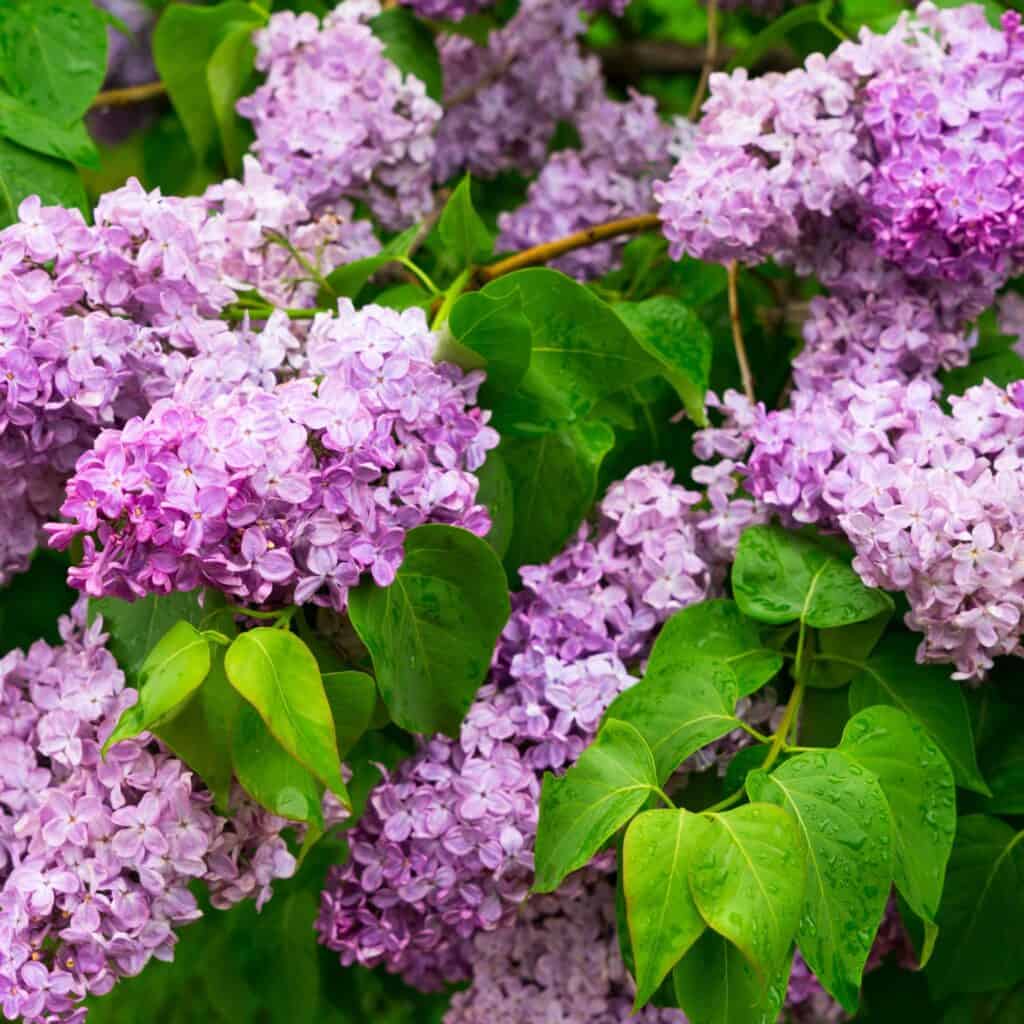
Lobelia Laxiflora
Lobelia laxiflora, commonly known as Mexican bush lobelia, is a beautiful perennial flowering plant native to the Americas. These flowers bloom from May-August.
- Zone: Lobelia laxiflora is typically hardy in USDA zones 8 to 11, although specific varieties may have slightly different zone recommendations.
- Growing Conditions: Mexican bush lobelia thrives in full sun to partial shade conditions. It prefers well-draining soil and can tolerate a range of soil types, including sandy or loamy soil. Regular watering is important to keep the soil consistently moist, but not waterlogged. This plant appreciates a moderate amount of humidity, making it suitable for regions with relatively high humidity levels.
- Appearance: Mexican bush lobelia produces vibrant, tubular flowers in shades of orange and red, often with yellow tips or a yellow bottom lip. The flowers are borne on upright stems and provide a striking display. The plant grows to an average height of 2 to 3 feet (60 to 90 cm) and has a semi-lax or spreading growth habit. The foliage is lush and green, adding to the overall attractiveness of the plant.
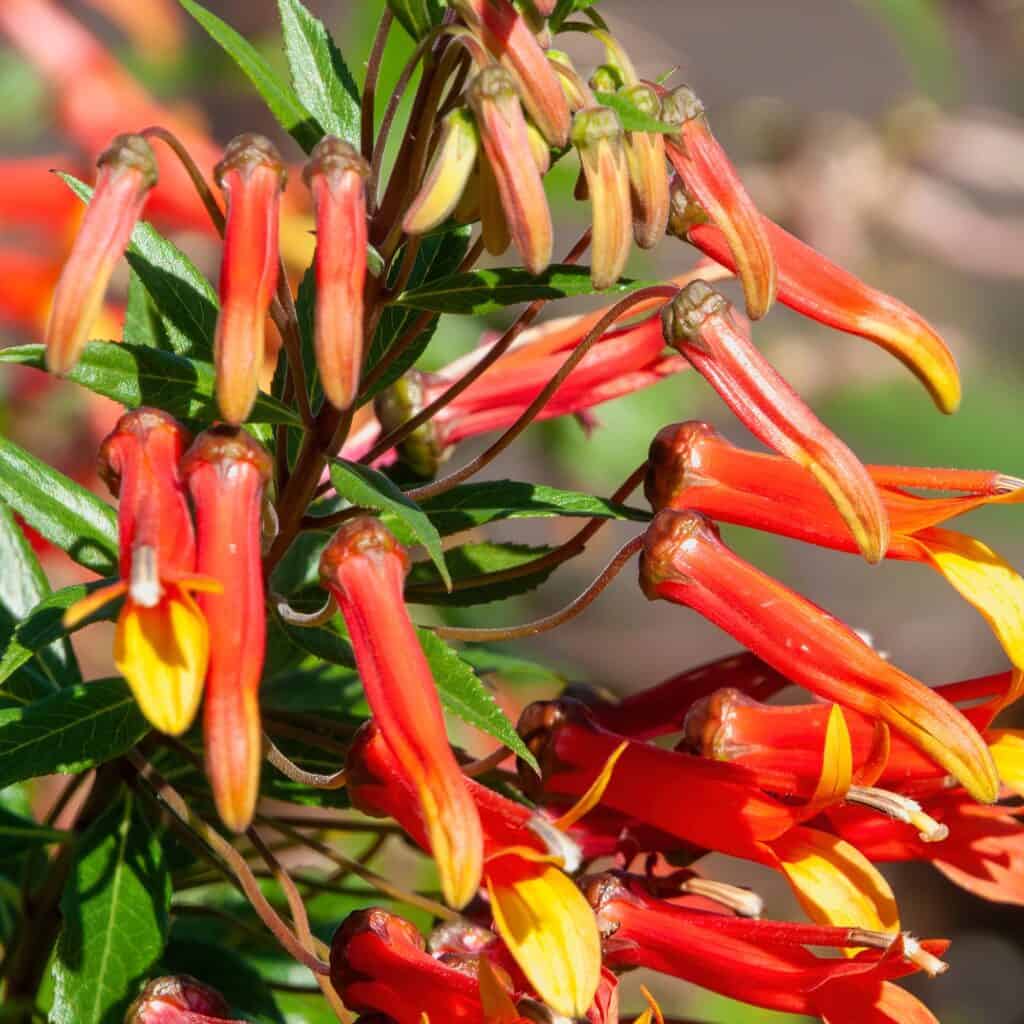
Heavenly Hydrangea
Perennial Heavenly Hydrangea flowers are nature’s summer superstars, enchanting us with their continuous and vibrant blooms that span the entire season. Enjoy blooms from early summer to early fall.
- Zone: Heavenly Hydrangeas generally thrive in USDA hardiness zones 6 to 9. If you are looking for a more cold hardy variety, check out Panicle Hydrangeas which can be grown in zones 3 to 4.
- Growing Conditions: Sun Requirements: Heavenly Hydrangeas prefer partial shade. They thrive in well-draining soil that is rich in organic matter. These plants require regular watering to keep the soil consistently moist but not waterlogged.
- Appearance: Heavenly Hydrangeas are best known for their large, showy flower clusters, which can vary in color based on the pH level of the soil.
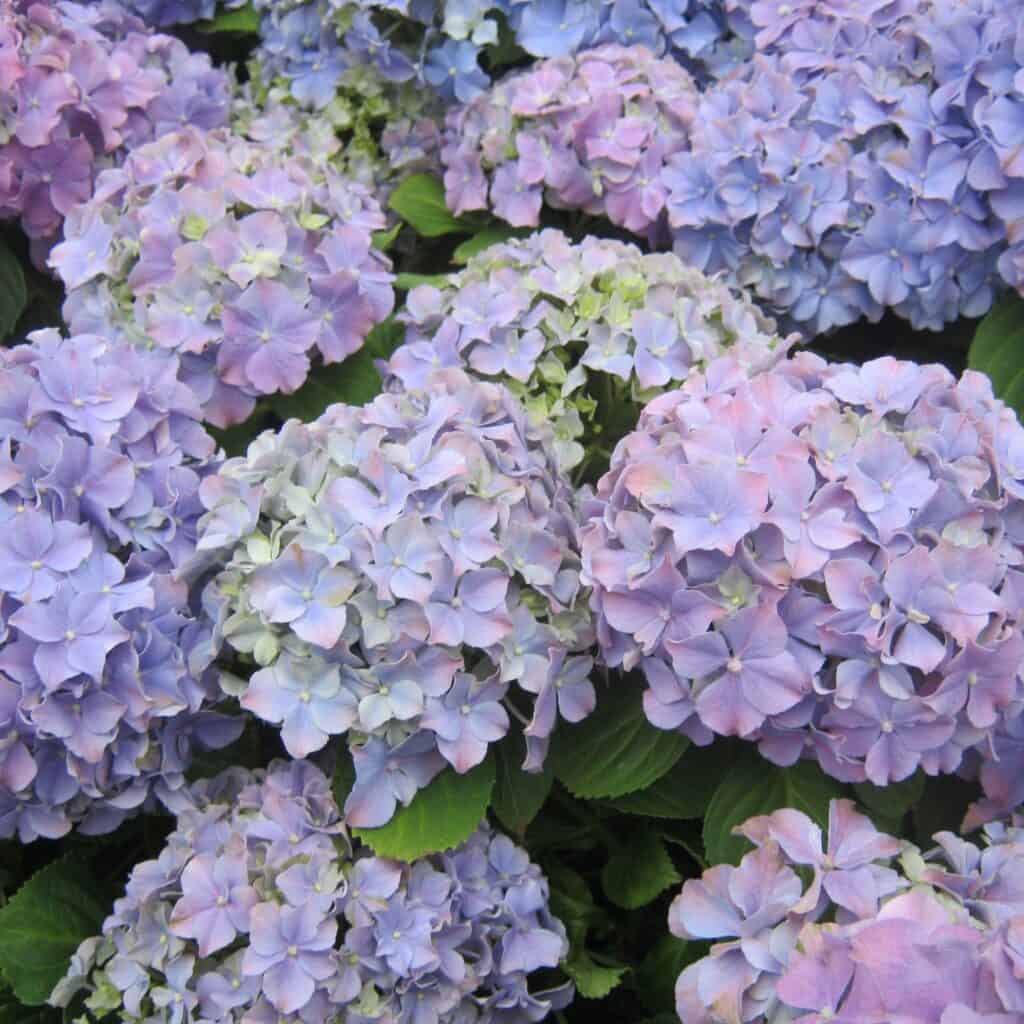
Coreopsis (Cranberry Ice, Full Moon)
Perennial coreopsis flowers bring vibrant color to the garden, delighting with their daisy-like blooms that continue to grace the landscape throughout the entire summer season.
- Zone: Coreopsis is typically recommended for USDA hardiness zones 4 to 9 depending on the variety. Long flowering coreopsis flowers usually thrive from zones 5-9.
- Growing Conditions: These plants thrive in full sun to partial shade (at least 6 hours of sun). Coreopsis prefers well-drained soil that is moderately fertile. It can tolerate a range of soil types, including sandy or clay soils. Once established, these plants are relatively drought-tolerant and prefer slightly drier conditions.
- Appearance: Coreopsis flowers come in a variety of colours including yellow, pink, white, orange, and purple. The blooms appear continuously throughout the summer, adding vibrant color to gardens, containers, or beds.

Pincushion Flower
Perennial pincushion flowers, with their charming rounded blooms, are a summer-long delight, adding bursts of color to the garden from early summer to late fall.
- Zone: Perennial pincushion flowers, scientifically known as Scabiosa, can thrive in a range of USDA hardiness zones. Depending on variety, they can be grown in zones 3-9.
- Growing Conditions: Pincushion flowers need about 6 hours of sunlight daily. These plants prefer well-drained soil that is rich in organic matter. Pincushion flowers have moderate water needs.
- Appearance: Appearance-wise, pincushion flowers are bushy and ornamental plants with rounded blooms. They come in different colors including blue, purple, and white.
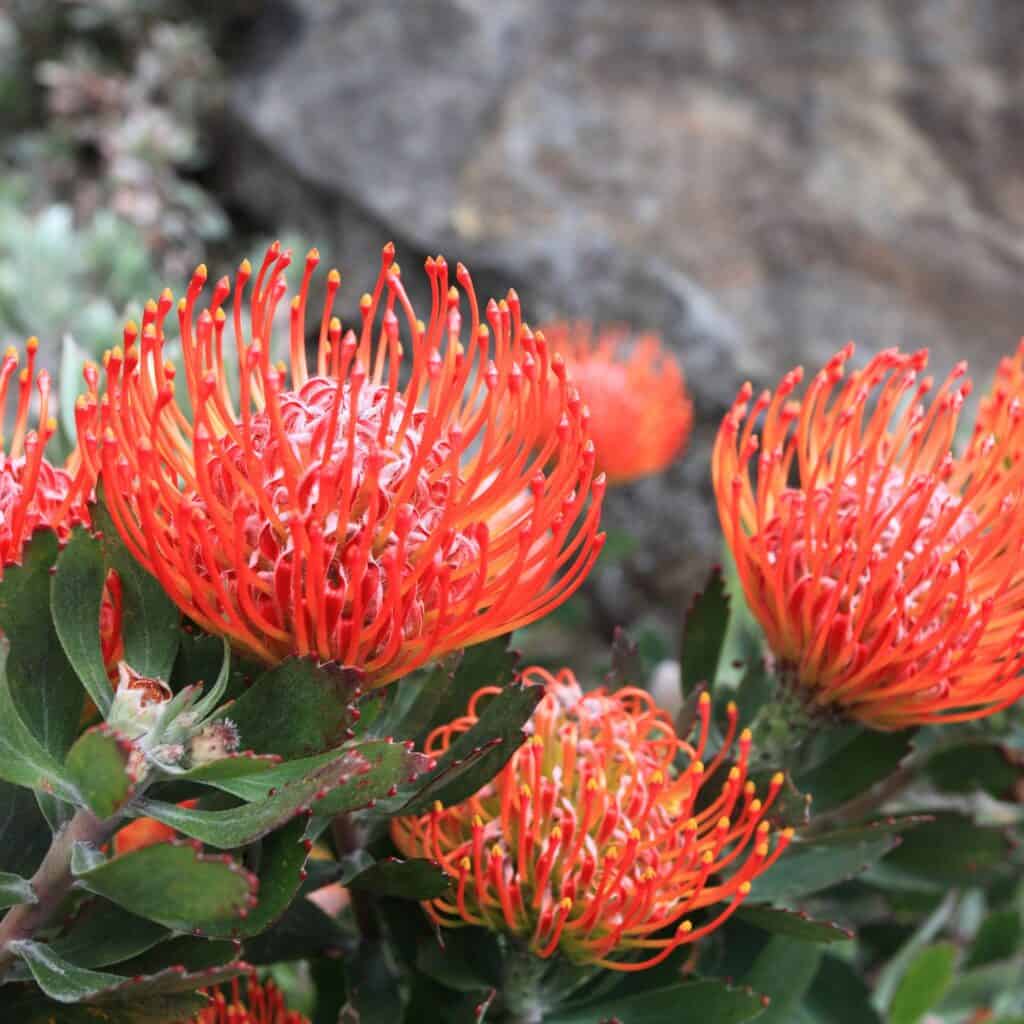
Blue Plumbago
Perennial blue plumbago flowers, scientifically known as Ceratostigma plumbaginoides, bring a touch of stunning blue to the garden throughout the summer months.
- Zone: These long blooming perennial flowers thrive in USDA zones 5 to 9.
- Growing Conditions: Blue plumbago flowers prefer full sun to partial shade. More sun = more blooms for blue plumbagos. These plants prefer well-drained soil that is fertile and moist. Consistent watering will result in healthier plants and more blooms.
- Appearance: Appearance-wise, perennial blue plumbago flowers showcase clusters of small, vibrant blue flowers that emerge from reddish stems.
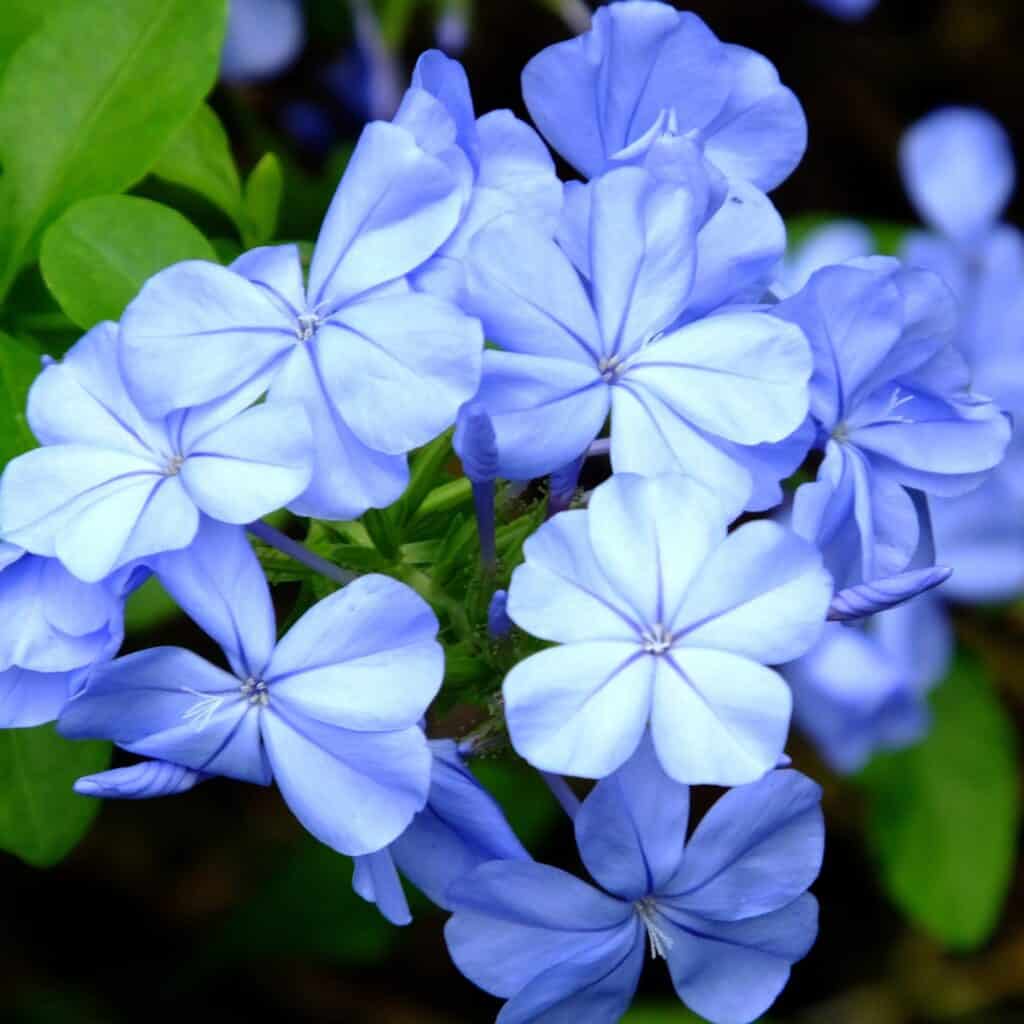
Clematis
Clematis is a genus of about 300 species within the buttercup family, Ranunculaceae. These perennial vines are known for their showy flowers and are often grown on trellises or walls.
- Zone: Clematis typically thrive in USDA hardiness zones 4 to 9. I have successfully grown clematis in my zone 3 garden by mulching it in the fall!
- Growing Conditions: Most clematis prefer full sun, which means at least six hours of direct sunlight each day. Clematis prefer well-drained soil that is rich in organic matter. Regular watering is important, especially during dry periods.
- Appearance: Appearance-wise, clematis flowers are known for their variety of shapes and sizes, ranging from small bell-shaped blooms to large, star-shaped ones. The flowers can come in a range of colors, including purple, pink, red, white, or blue.
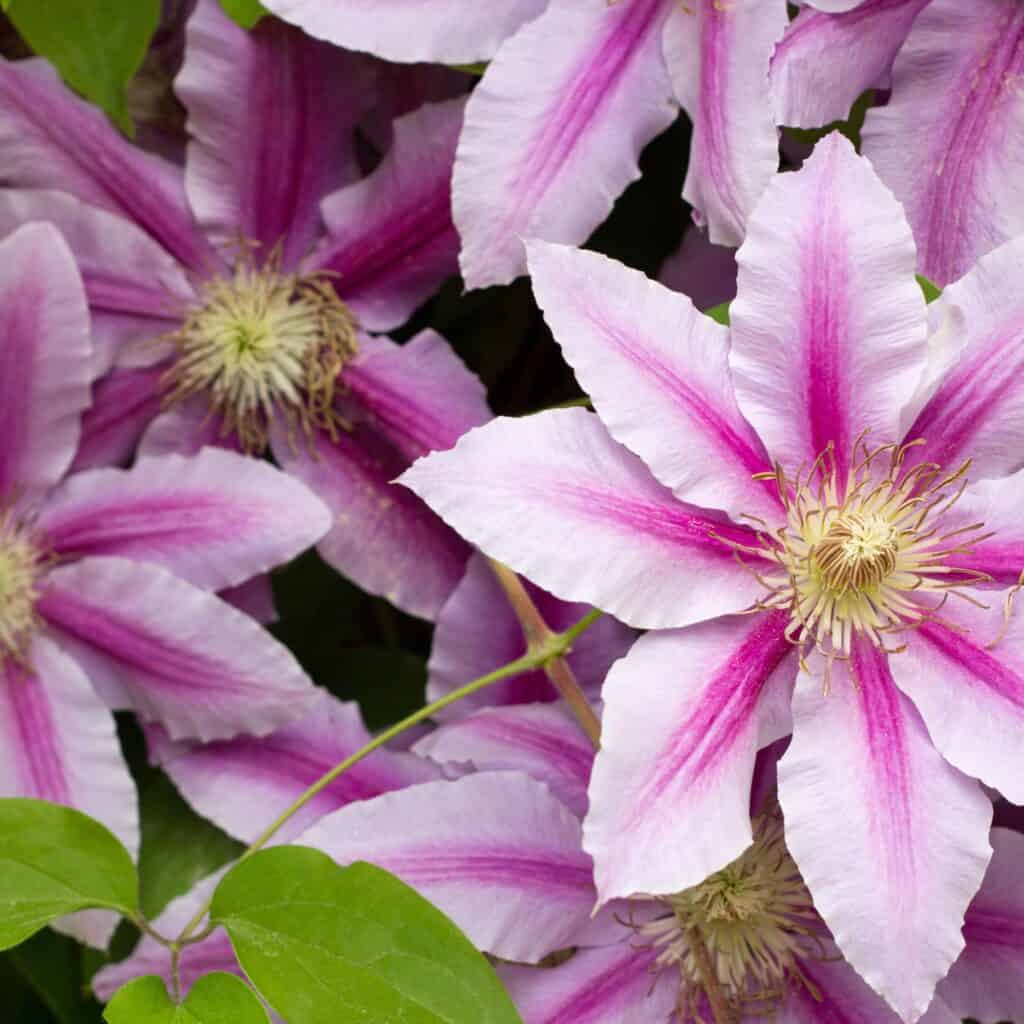
Catmint
Catmint, also known as Nepeta, is a herbaceous perennial plant that is known for its hardiness and attractive purple flowers that bloom all season long.
- Zone: Catmint is a hardy perennial that grows and blooms throughout USDA Plant Hardiness Zones 3–9.
- Growing Conditions: Most varieties of catmint are sun-loving plants and can handle a variety of soil conditions as long as they are well-draining. Catmint needs to be babied a bit during the first season and once it is established, it can thrive on its own with little to no watering.
- Appearance: Catmint plants have gray-green foliage and explodes with soft lavender-blue flowers by May. The height of catmint can range from 9 inches to 3 feet depending on the species. Plucking off spent blooms will encourage new flowers.
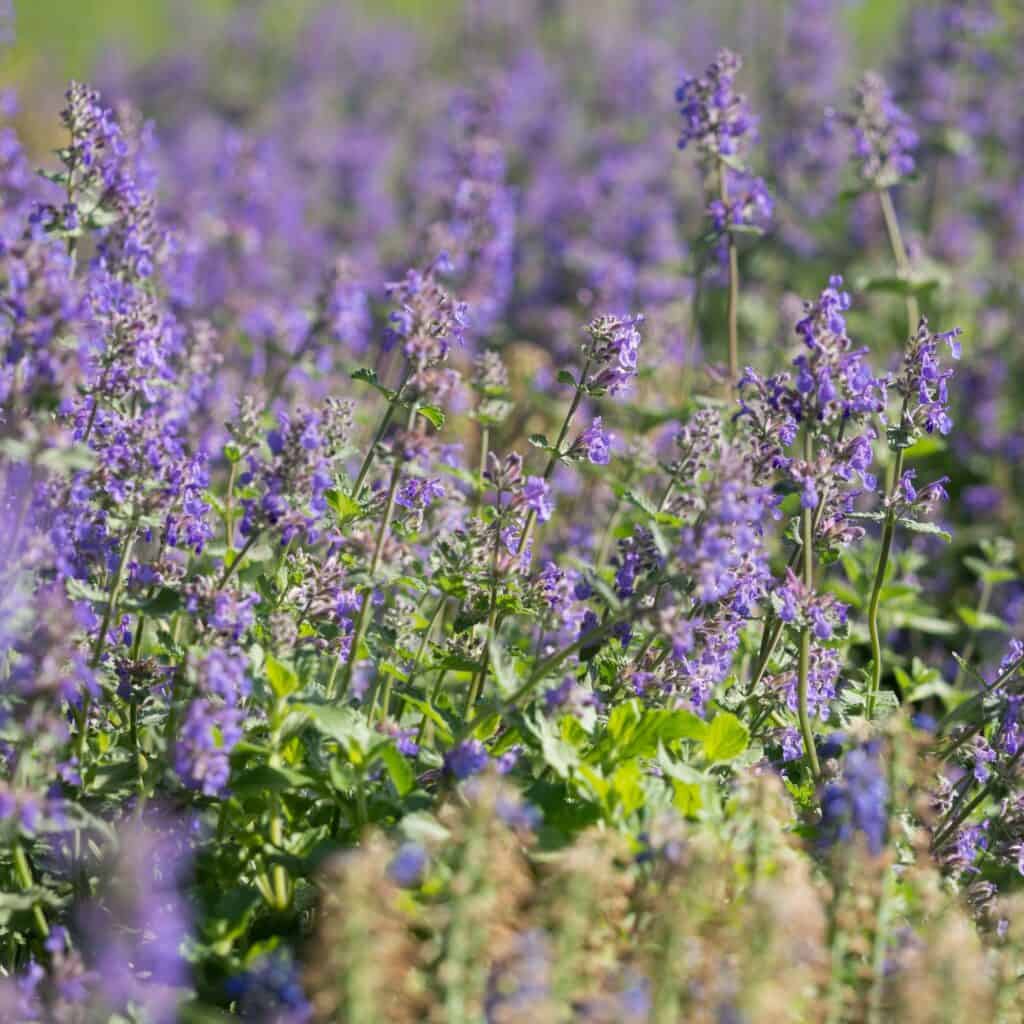
Perennial Salvia
Salvia is a large genus of plants in the mint family, and it includes both annual and perennial species. Perennial salvia, also known as sage, is well-known for its vibrant flowers and fragrant foliage. Salvia’s long blooming season, from late spring to fall, adds color to the garden for many months. Deadheading spent flowers can encourage repeat blooming. Perennial salvia are tough plants that require little maintenance.
- Zone: Perennial salvia varieties are typically hardy in USDA zones 5 to 9.
- Growing Conditions: Salvia plants prefer full sun, which means they need at least six hours of direct sunlight each day. Salvia prefers well-drained soil. While they can tolerate poor soil conditions, they perform best in rich, loamy soil. These plants are drought-tolerant once established, but they will appreciate regular watering during dry periods.
- Appearance: In terms of appearance, salvia plants produce spikes of small, densely-packed flowers that can come in a range of colors, including purple, blue, red, pink, and white

Geranium (Rozanne)
- Zone: The Rozanne Geranium is hardy in USDA zones 4 to 8.
- Growing Conditions: Hardy geraniums thrive in full sun to partial shade. While it can tolerate a range of soil types, Geranium prefers well-drained soil. Regular watering is needed, especially during dry periods.
- Appearance: Rozanne Geranium is a clump-forming perennial that produces showy violet-blue flowers with a white center from early summer into early fall

Shasta Daisy
Shasta Daisy, scientifically known as Leucanthemum x superbum, is a popular perennial flower known for its robust growth and beautiful white blooms.
- Zone: Shasta Daisies are suitable for cultivation in USDA Hardiness Zones 4 to 9.
- Growing Conditions: Shasta Daisies prefer full sun. They thrive best in well-drained soil. The soil pH should be acidic to neutral (5.5 to 7.0). Daisys prefer consistent moisture but be careful not to overwater as this can lead to root rot.
- Appearance: Shasta Daisy is an upright evergreen shrub that produces striking, snow-white flowers.
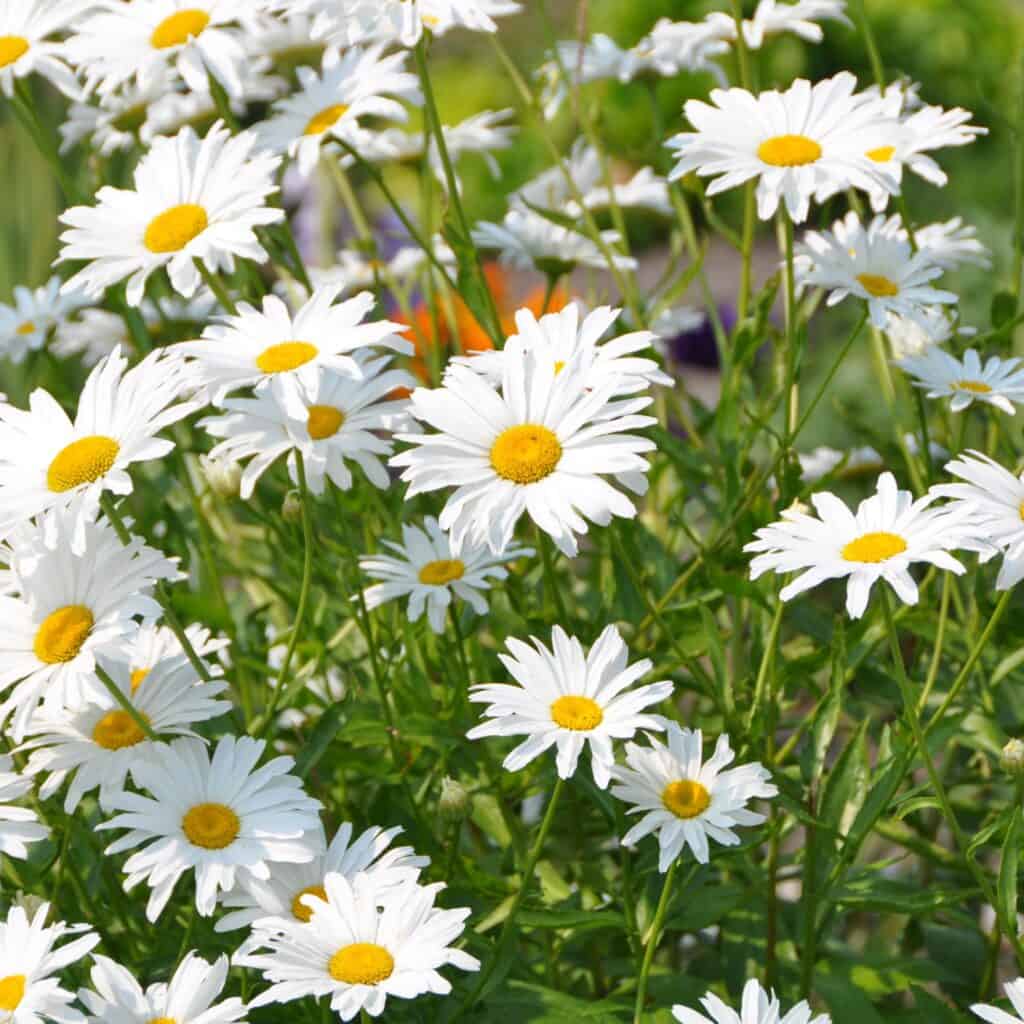
Verbena
- Zone: The hardiness of verbena depends on the specific species. Most perennial verbenas thrive in USDA Hardiness Zones 4-11.
- Growing Conditions: Verbenas are sun lovers and should be planted in full sun. These flowers prefer well-drained soil. While specific watering needs can vary depending on the variety and local climate conditions, most verbena plants prefer regular watering but do not like to sit in wet soil
- Appearance: Verbena flowers are recognized for their vibrant clusters of small, five-petal flowers that can come in a variety of colors, including shades of red, white, pink, purple, and blue.
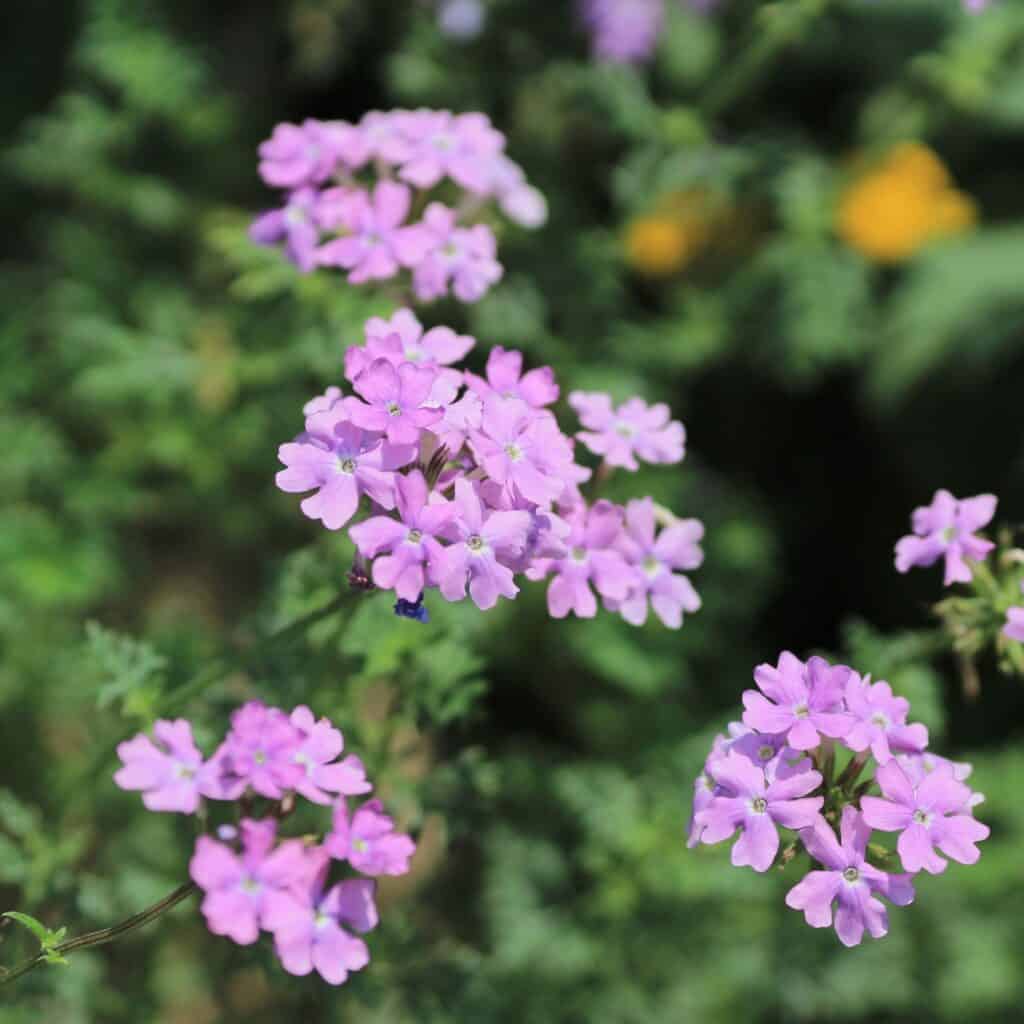
Kate’s Top Five Long Blooming Perennials
As I continue to develop my yard and vegetable garden and create new flower beds, I have found a few favorite long blooming perennials that keep me enjoying fresh blooms from spring until autumn. My top five perennials that bloom all summer long include clematis (beautiful on my trellis), hydrangea, catmint (super hands-off), reblooming lilacs (smell amazing), reblooming iris (low lying), and last but not least, colourful yarrow!Yarrow makes great cut flowers, the perfect addition to any wild bouquet.
Pin It!
